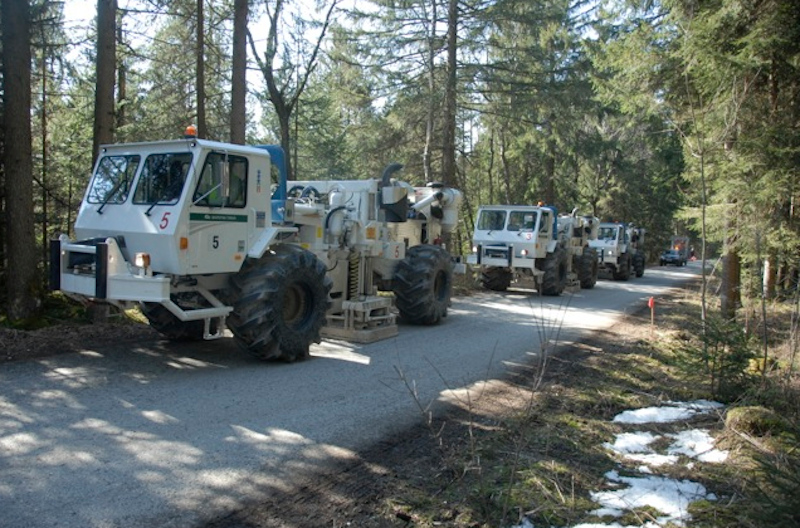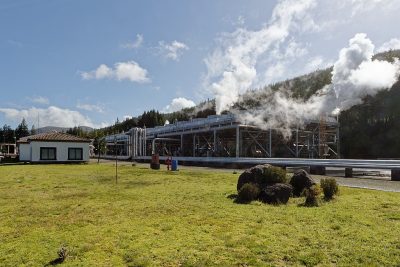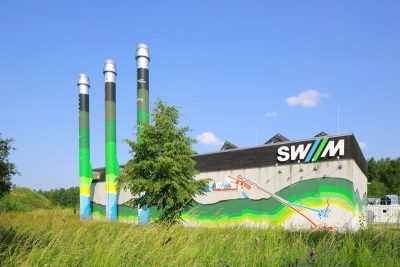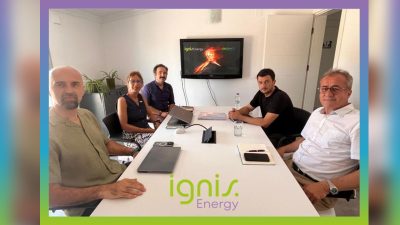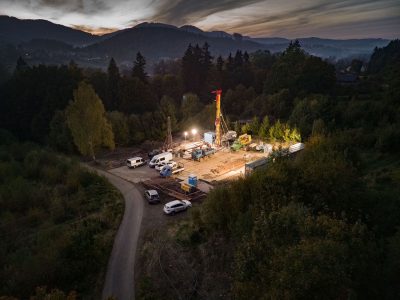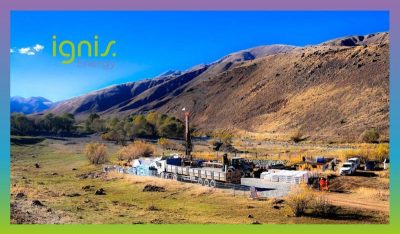Real-time seismic data monitoring to reduce risks in EGS projects
With a network of borehole and surface sensors, scientists at the St1 Deep Heat project were able to prevent an induced earthquake by responding to near-real-time seismic data.
Using a network of borehole and surface geophones, scientists in the St1 Deep Heat energy project in Helsinki, Finland were able to prevent a potentially project-stopping induced earthquake during hydraulic stimulation of a geothermal well. This was the deepest-ever hydraulic stimulation project ever done.
A team of international researchers from commercial companies, academic institutions, and universities developed the safe stimulation strategy which involved a traffic-light system using near-real-time seismic monitoring data. With near-real-time data, the scientists were better able to understand the seismic response to the stimulation activities and were able to respond promptly to increased seismic activity.
According to lead author Grzegorz Kwiatek, a scientist based at GFZ Potsdam, the results may not be directly applicable to other tectonic settings. However, the methodology and concept may still be useful in developing other ad-hoc stimulation strategies.
For more details on the project, you may check the link below.
Source: Phys.org
